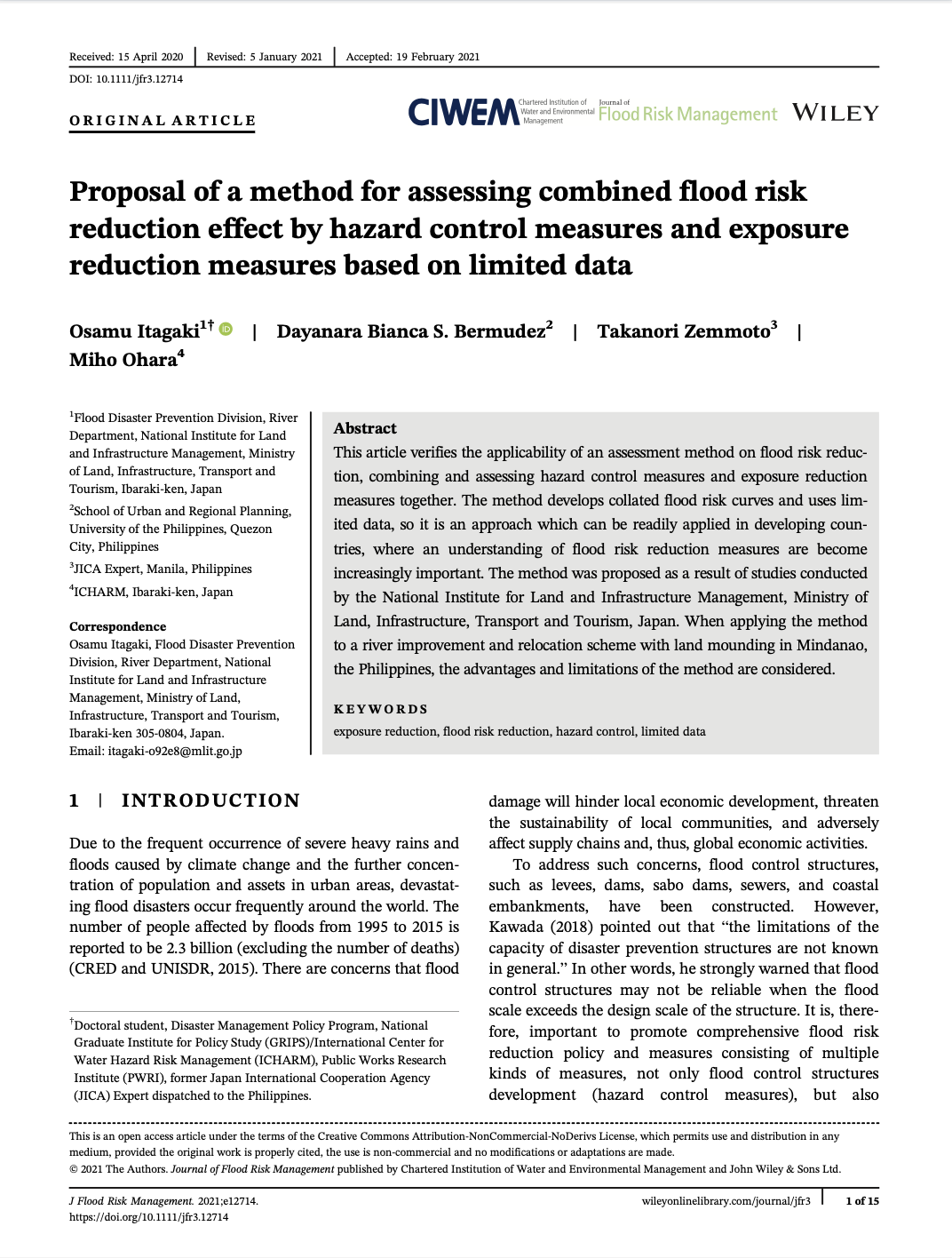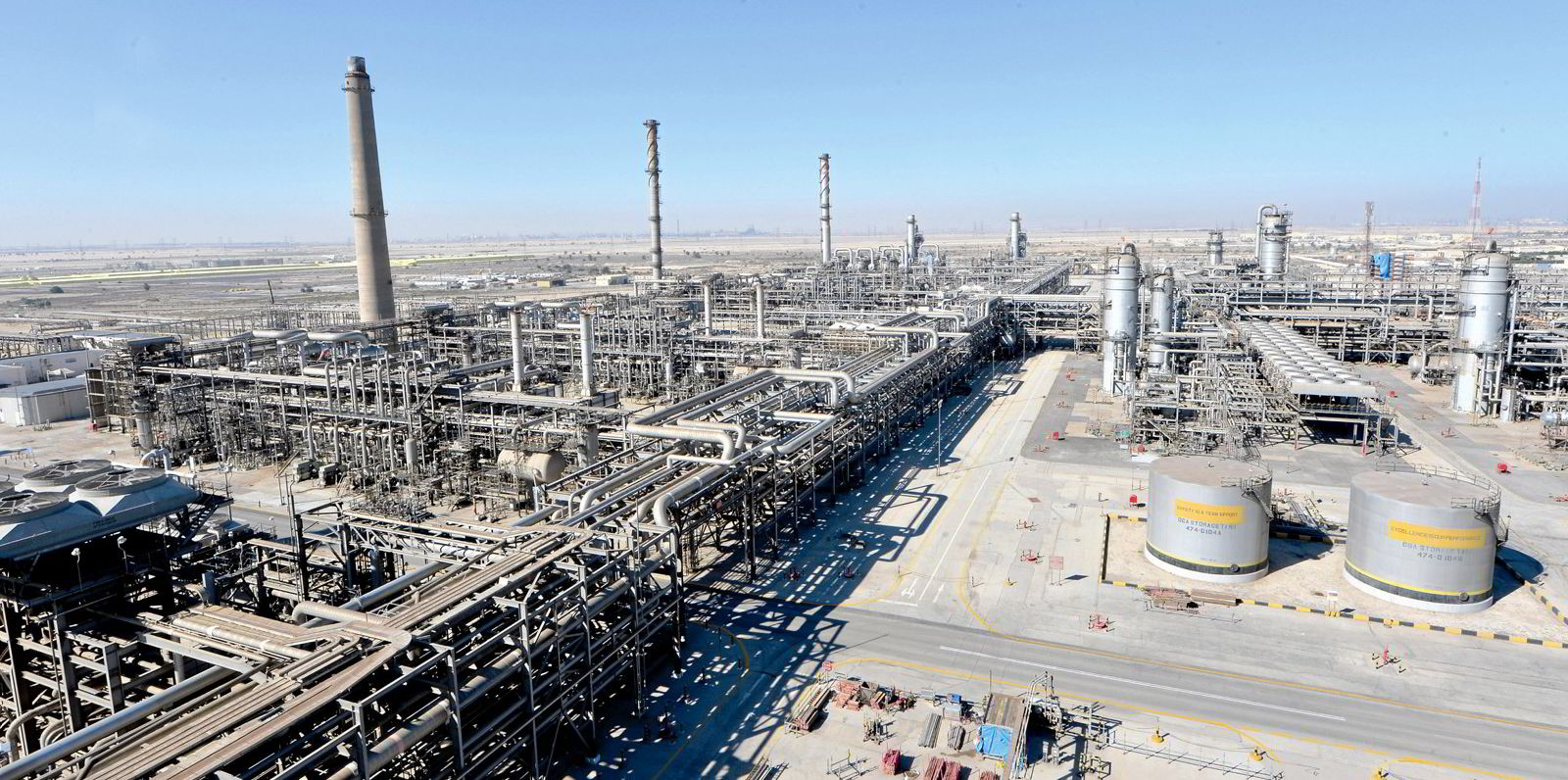China's Export Dependence: Vulnerability To Tariff Hikes

Table of Contents
The Magnitude of China's Export Dependence
China's remarkable economic expansion over the past few decades has been inextricably linked to its prowess as a global exporter. Understanding the magnitude of this China's export dependence is crucial to grasping its vulnerabilities.
Export Share of GDP
The export sector's contribution to China's GDP provides a clear indication of its economic reliance. For decades, exports have consistently constituted a substantial portion of the GDP.
-
Data Points: While precise figures fluctuate yearly, China's export share of GDP consistently hovered around 20% for many years, although this number has shown some decrease recently. This is significantly higher than many other major economies. For comparison, the export share of GDP for the United States is considerably lower.
-
Implications: This high dependence means that external factors affecting global trade, such as tariff wars or economic slowdowns in major import markets, can have a disproportionately large impact on China's economic growth. A decline in global demand for Chinese goods directly translates to slower GDP growth and potential economic instability. This high reliance makes China susceptible to external shocks and highlights the need for economic diversification.
Key Export Sectors and Their Vulnerability
China's export success stems from its dominance in several key sectors. However, the vulnerability of these sectors to tariff increases varies.
-
Electronics: This is a major export category, encompassing smartphones, computers, and other electronic goods. Tariffs imposed by countries like the US have directly impacted this sector.
-
Textiles and Apparel: China's textile industry, while facing increasing competition, remains a significant exporter. Tariffs on textiles imposed by various countries have affected its competitiveness.
-
Machinery: This sector includes a wide range of manufactured goods, from industrial equipment to consumer appliances. Tariff hikes can significantly impact this diverse and important sector.
-
Impact Analysis: Tariffs imposed on Chinese goods raise their prices in foreign markets, reducing their competitiveness against goods from other countries. This can lead to reduced export volumes, lower profits for Chinese companies, and potential job losses within these key sectors. The impact varies depending on the specific product, the destination market, and the magnitude of the tariff increase. The imposition of tariffs by specific countries, such as the US, has had a demonstrable impact on these sectors.
The Impact of Tariff Hikes on the Chinese Economy
Tariff hikes imposed on Chinese exports have far-reaching consequences, affecting not only the exporting companies but also the entire Chinese economy.
Direct Economic Consequences
The immediate impact of tariffs is felt by Chinese exporters, leading to various negative economic outcomes.
-
Reduced Profits and Competitiveness: Higher tariffs increase the price of Chinese goods in international markets, making them less competitive compared to goods from other countries. This directly translates to reduced profit margins for Chinese exporters.
-
Job Losses: As export volumes decline due to reduced competitiveness, many companies may be forced to cut costs, including laying off employees. This can lead to widespread job losses, particularly in manufacturing and export-related industries.
-
Supply Chain Disruptions: Tariffs can disrupt established supply chains, forcing companies to re-evaluate their sourcing strategies and potentially increasing costs.
Indirect Economic Impacts
The effects of tariffs extend far beyond the exporting companies themselves, creating ripple effects throughout the Chinese economy.
-
Reduced Investment: Uncertainty about future trade policies and the potential for further tariff increases can discourage domestic and foreign investment in China.
-
Decreased Consumer Spending: Job losses and economic uncertainty can lead to decreased consumer spending, potentially slowing down domestic economic growth.
-
Deflationary Pressures: Reduced demand, both domestically and internationally, can put downward pressure on prices, potentially leading to deflation. This can further dampen economic activity and investment.
Strategies for Mitigating Export Dependence
To lessen its vulnerability and strengthen its long-term economic prospects, China needs to implement strategies to diversify its economy and reduce its reliance on exports.
Domestic Consumption Stimulation
Boosting domestic demand is crucial to reducing dependence on exports. The Chinese government has implemented several policies to achieve this goal.
-
Government Initiatives: This includes measures such as infrastructure investment, social welfare programs, and tax cuts to encourage consumer spending.
-
Effectiveness Analysis: The effectiveness of these initiatives is debatable, with some arguing that they haven't been sufficient to create a robust domestic consumer market.
Diversification of Export Markets
Reducing reliance on any single export market is vital.
-
New Target Markets: China is actively seeking new export markets in Africa, Latin America, and other regions.
-
Challenges and Trade Agreements: Penetrating new markets presents challenges, including overcoming trade barriers and adapting products to local preferences. Trade agreements can play a significant role in facilitating market access.
Technological Advancement and Upgrading
Investing in technological innovation and moving towards higher-value-added products can significantly enhance China's competitiveness in global markets.
-
Technological Advancements: Investing in R&D in sectors like artificial intelligence, renewable energy, and advanced manufacturing is key to boosting competitiveness.
-
Government Support: The Chinese government plays a critical role in supporting technological innovation through funding, tax incentives, and the creation of special economic zones.
Conclusion
China's export dependence presents both significant opportunities and considerable risks. The country's economic growth has been heavily reliant on exports, making it vulnerable to tariff hikes and other external shocks. The direct and indirect economic consequences of tariff increases are substantial, affecting various sectors and potentially hindering economic growth. However, China can mitigate this vulnerability through strategic policy shifts focused on stimulating domestic consumption, diversifying export markets, and driving technological advancement. Understanding the complexities of China's export dependence is crucial for comprehending its economic trajectory and its implications for global economic stability. Further research into China's economic policies and the global trade landscape is vital to understanding these complex dynamics. Explore the evolving relationship between China's export dependence and the global economy to fully grasp the potential future implications.

Featured Posts
-
 A Pan Nordic Defense Assessing The Combined Strengths Of Swedish And Finnish Military Assets
Apr 22, 2025
A Pan Nordic Defense Assessing The Combined Strengths Of Swedish And Finnish Military Assets
Apr 22, 2025 -
 Over The Counter Birth Control A Post Roe Game Changer
Apr 22, 2025
Over The Counter Birth Control A Post Roe Game Changer
Apr 22, 2025 -
 Swedish Tanks Finnish Troops A Powerful Pan Nordic Defense
Apr 22, 2025
Swedish Tanks Finnish Troops A Powerful Pan Nordic Defense
Apr 22, 2025 -
 Saudi Aramco And Byd A New Ev Technology Partnership
Apr 22, 2025
Saudi Aramco And Byd A New Ev Technology Partnership
Apr 22, 2025 -
 Canadian Bread Price Fixing Case 500 Million Settlement Hearing In May
Apr 22, 2025
Canadian Bread Price Fixing Case 500 Million Settlement Hearing In May
Apr 22, 2025
